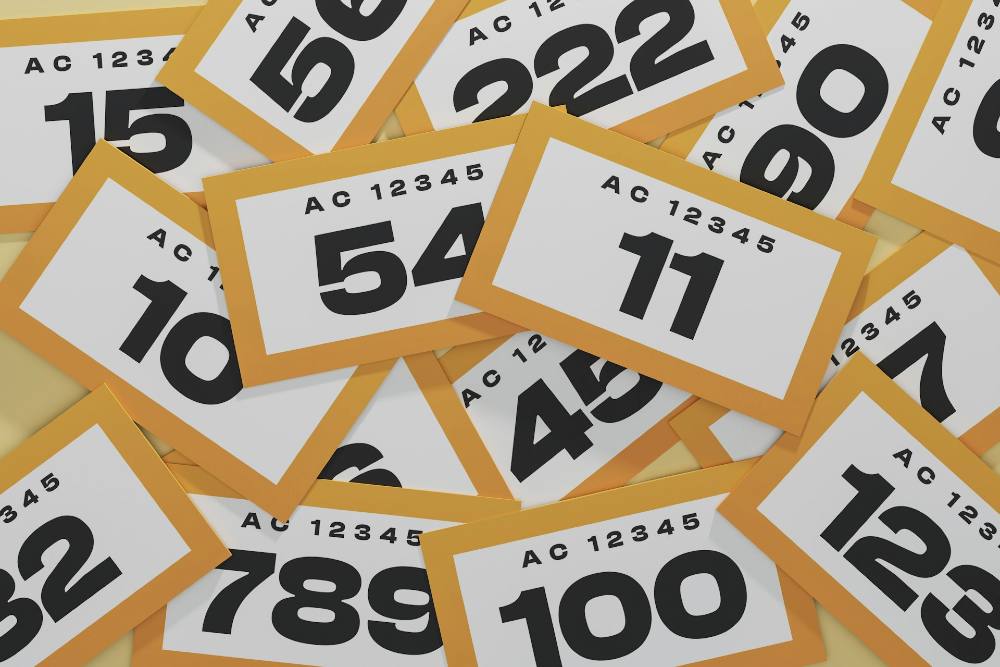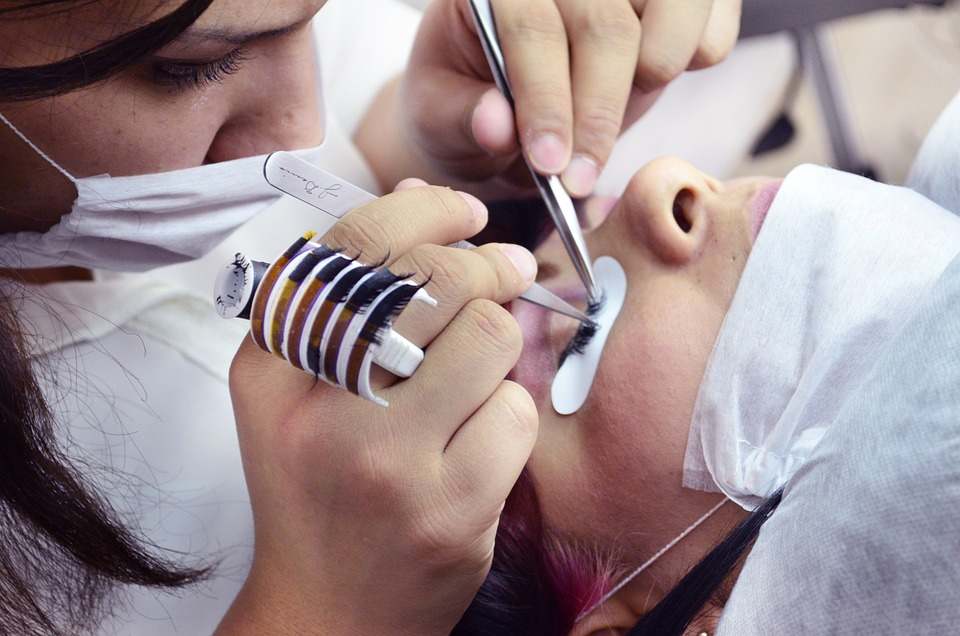Ableism covers a broad range of prejudice and discrimination. In autism spectrum disorder (ASD) diagnosis and intervention, it can range from using micro-aggressive language to assuming and enforcing limitations based on preconceived notions. Ableist language, assumptions, and biases can fundamentally change outcomes for autistic individuals of all ages.
As a therapist, clinician, or educator working with children, it’s critical that you understand ableism and what it can look like throughout the assessment process. This guide covers common ableist language and other biases you need to be aware of to prevent preconceived notions from harming or limiting your charges.
The Impact of Bias on Autism Research and Assessment
Bias exists in all elements of autism research and assessment. For example, a review found selection bias against comorbid intellectual disabilities when covering original research published in 2016 (Russell et al., 2019). This selection bias means that global estimates of 50% of the ASD population having an intellectual disability are likely not accurate.
Furthermore, efforts to actively reject ableism have established promising and empirical advances, like exploring the benefits of autistic peer-to-peer information transfer (Crompton et al., 2020), as well as new research programs designed to reduce the social stigma surrounding autism (Gillespie-Lynch et al., 2021).
Successful projects have been co-produced with autistic people (Nicolaidis et al., 2019), and, by working together, are striving to promote changes that help prioritize capabilities rather than how an autistic person can “overcome” their perceived deficits (Pellicano et al., 2022).
These are just a few of the benefits of rejecting ableism and bias in the research phase, and why you must continue the effort in assessment settings.
How to Spot and Reduce Ableism and Bias in Your Assessments
To spot and work on reducing ableism and bias in your assessments, it is recommended that you:
- Be fully aware of how autistic traits can present in both boys and girls, so as not to dismiss the struggles of female students due to the success of their masking.
- Your report should address strengths as well as needs to create a more positive and empowering experience for your clients or students.
- Work on identifying and addressing your own personal biases or assumptions about those with ASD, or with ASD and comorbid or co-occurring conditions, like intellectual disability (ID) or PTSD. Aim to become self-aware and work on avoiding conclusions that stem from those personal assumptions.
- Invest in continuing education, with an emphasis on research conducted in partnership with the autistic community. Working to understand more about ASD and how it presents, as well as any additional disabilities your client or student may have, can help you provide more accurate assessments.
Continue to Advance Your Diagnostic Capabilities
One of the simplest ways you can work on avoiding ableism and bias in your assessment criteria is to continually improve and advance your diagnostic capabilities. Adding(MIGDAS-2) Monteiro Interview Guidelines for Diagnosing the Autism Spectrum, Second Edition from WPS can help you better assess those who don’t present stereotypically. Adding to your toolbox can help you best connect each client or student with the resources best suited for them.




